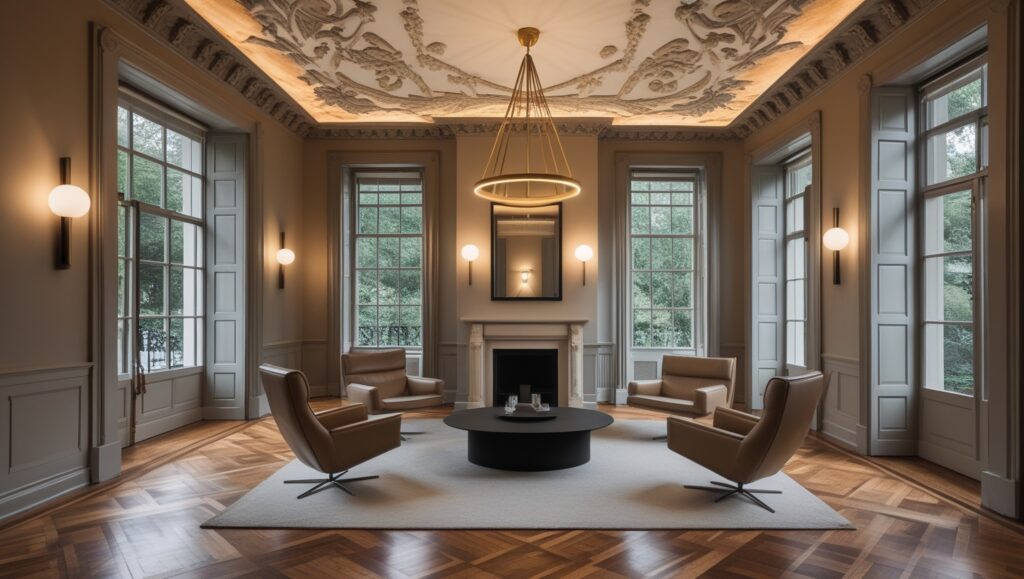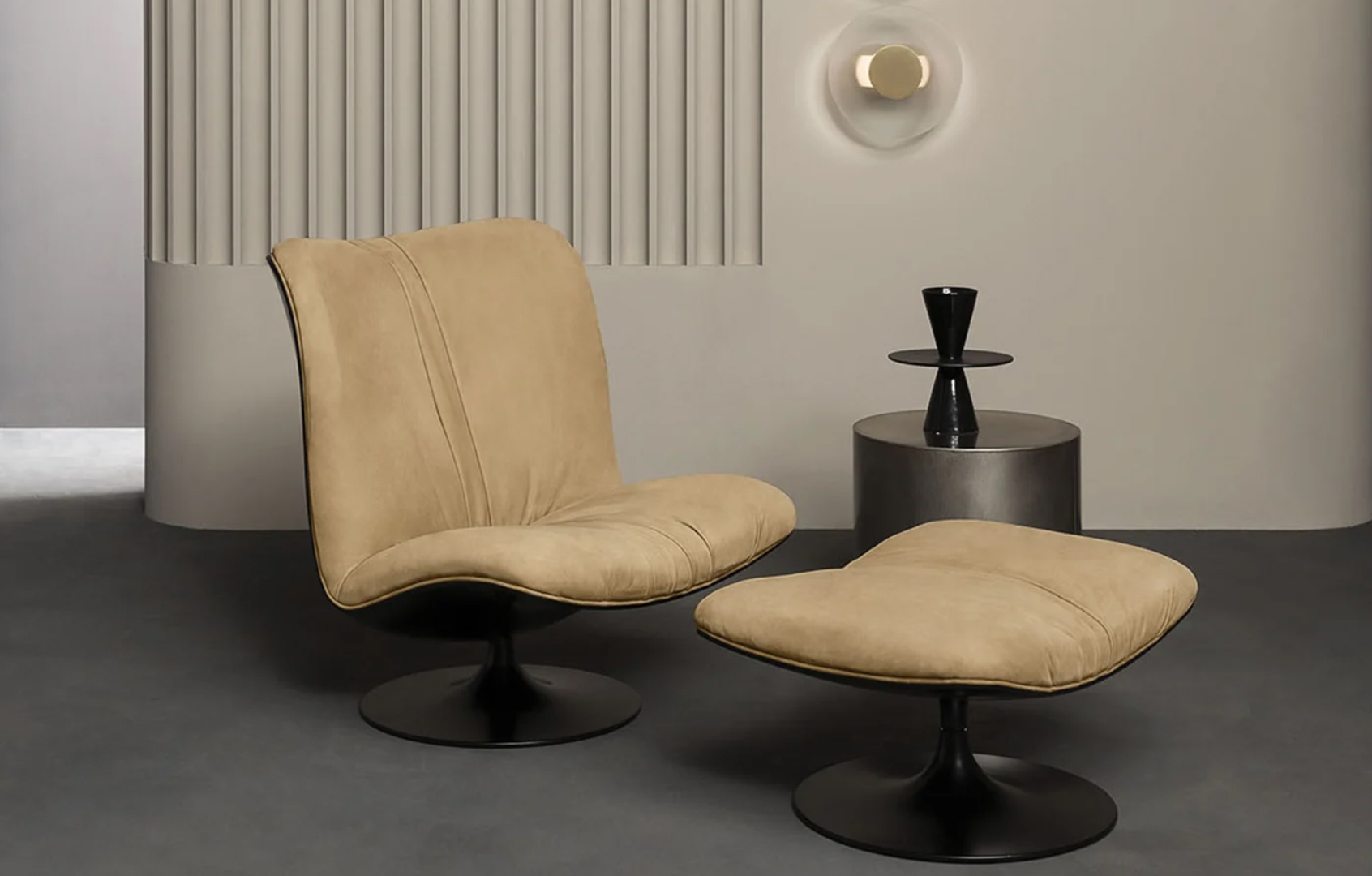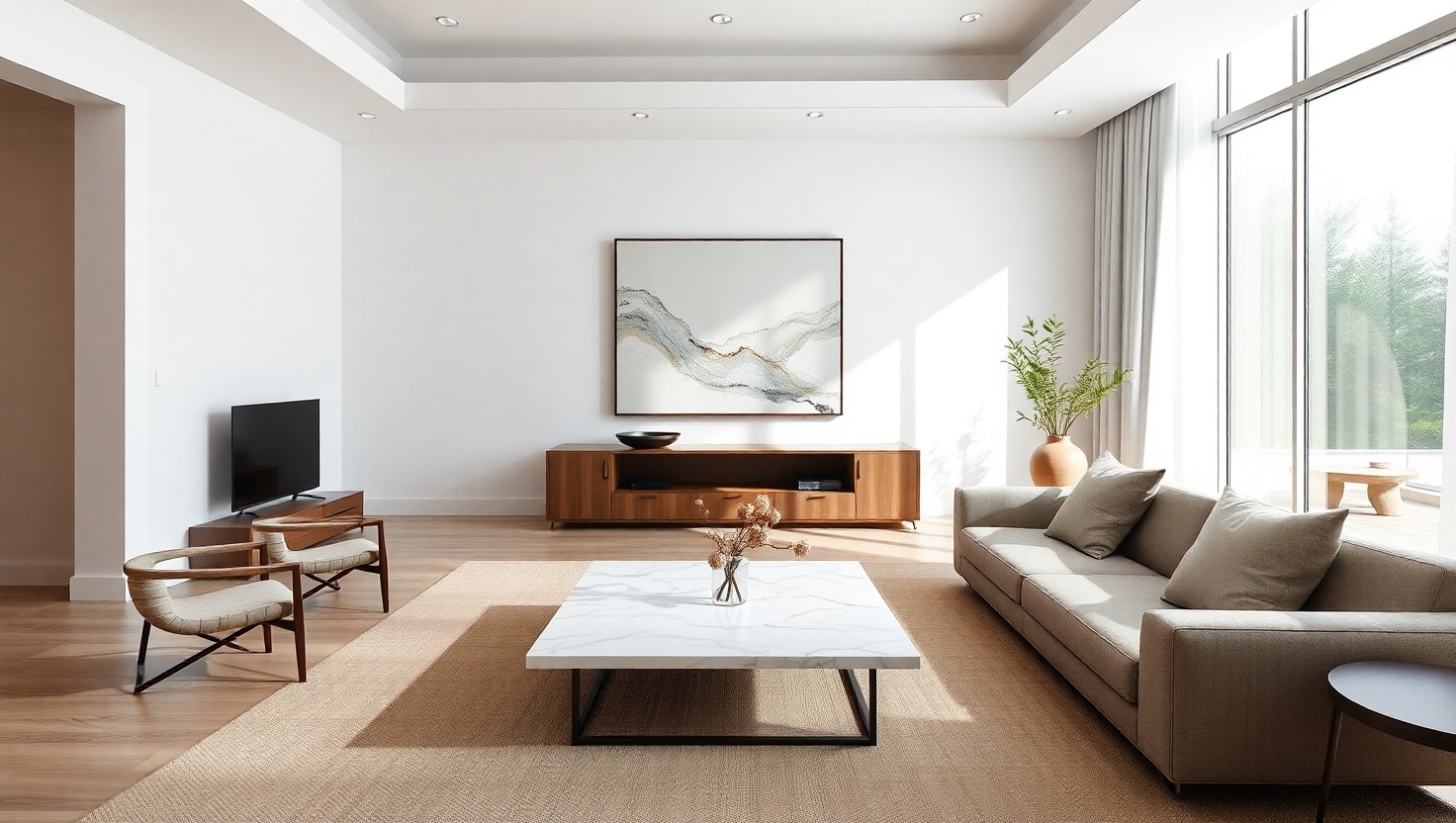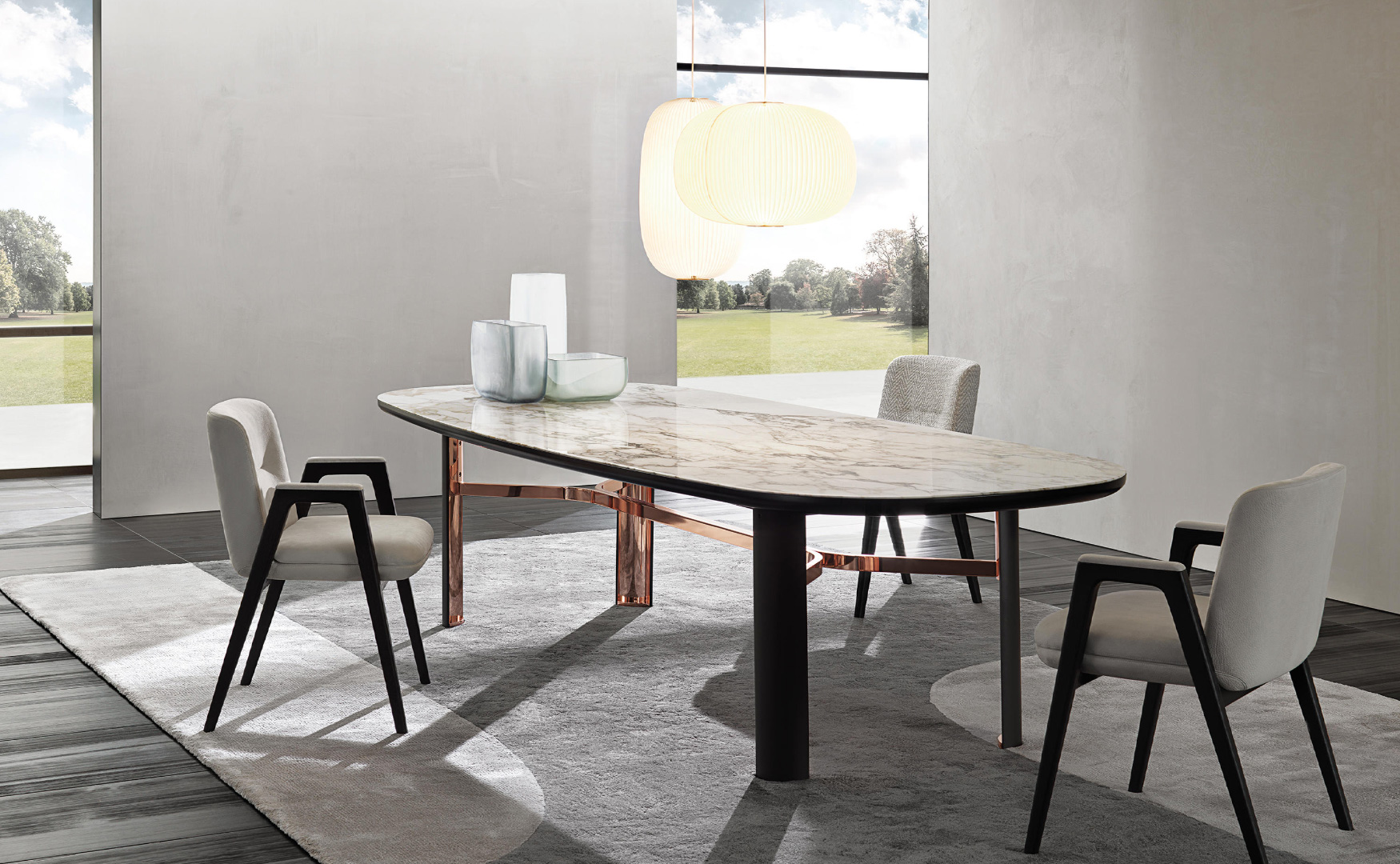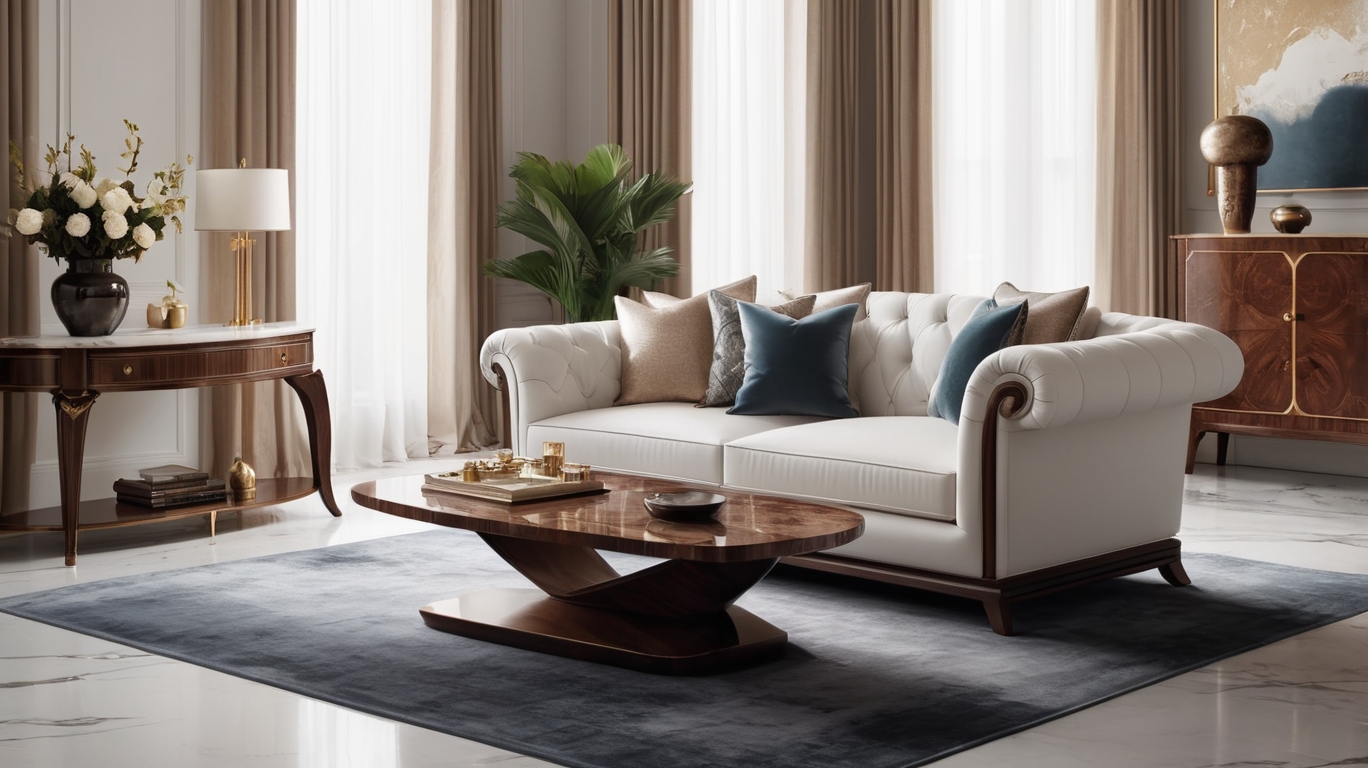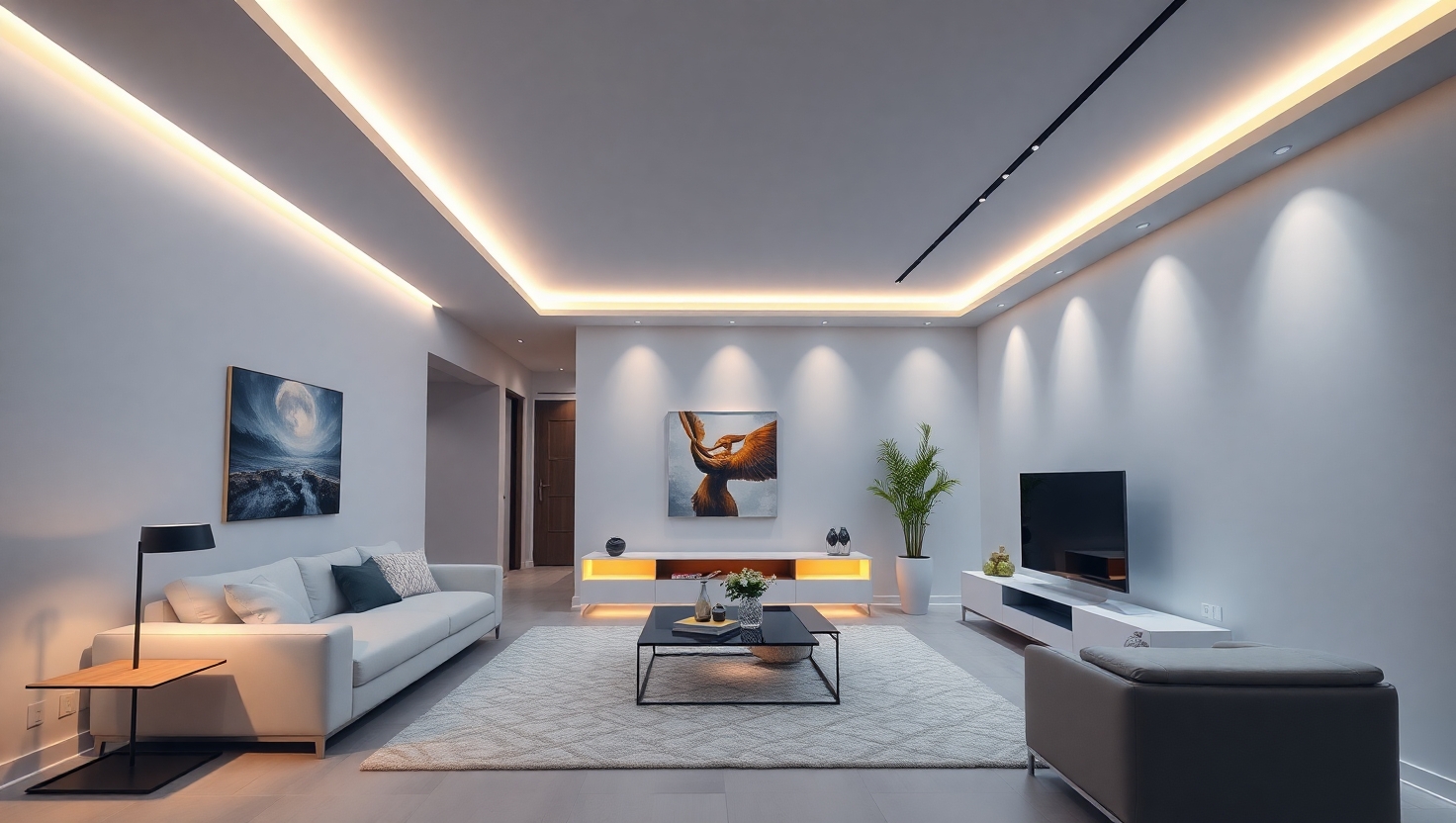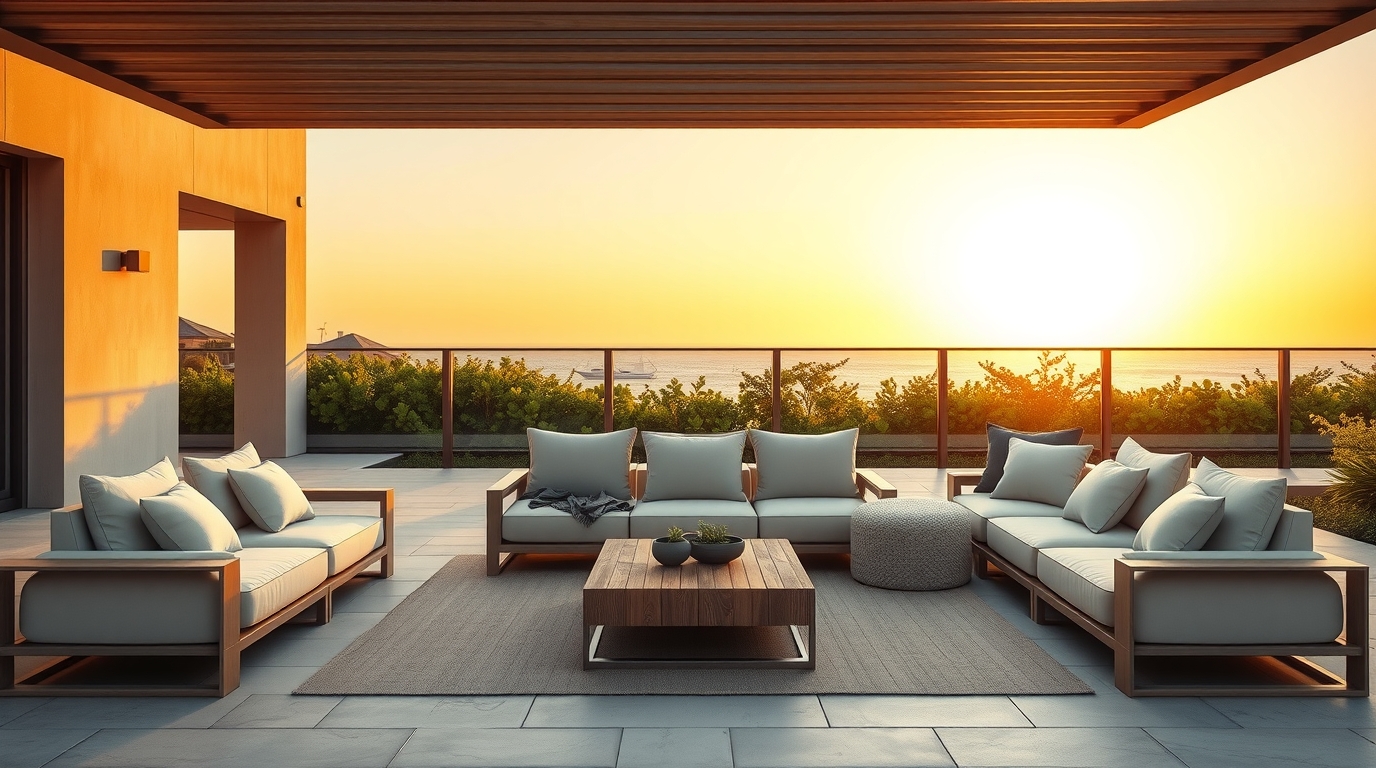Introduction: Honouring the Past While Elevating the Present
A truly successful luxury renovation is not about replacing the past—it’s about enhancing it. High-end homeowners and developers today face a delicate challenge: how to introduce modern luxury and convenience into a home while preserving the charm, craftsmanship, and personality that give it soul. This is the art of the luxury renovation.
Whether you’re working on a Federation-era mansion in Sydney, a mid-century modern home in Melbourne, or a sandstone estate in the Hunter Valley, the goal remains the same: to uplift the lifestyle potential of the property while maintaining—and often celebrating—its existing character.
This article is an instructive guide for discerning renovators, homeowners, designers, and builders who seek to upgrade their homes without stripping away what makes them special.
Part 1: Understanding the Soul of the Home
1.1 Identify What Gives the Home Its Character
Before you even think about paint colours or appliances, take the time to understand what makes the home unique. Is it the ornate plasterwork? The original parquetry floors? The soaring ceilings? The curved bay windows or Art Deco light fittings?
Instructive Tip:
Walk through each room and identify 5–10 elements that you feel are central to the character of the property. These are your “sacred features”—they must either be retained, restored, or sympathetically echoed in your renovation.
1.2 Learn the Historical Language of the Property
Every property has a historical language—an architectural dialect. Whether your home is Victorian, Edwardian, Californian Bungalow, or Modernist, it’s important to understand the stylistic rules before you begin rewriting them.
Instructive Tip:
Consult heritage registers, engage a period architect or design historian, and review photos of homes from the same era. This context informs smarter, more sensitive renovation decisions.
Part 2: Designing With Respect and Restraint
2.1 Avoid the “Over-Modernisation” Trap
The biggest mistake in luxury renovations is the temptation to completely modernise without anchoring the design in the home’s original aesthetic. This results in jarring spaces that feel soulless and out of place.
Instructive Tip:
Use modern elements sparingly and selectively. Let the existing architecture dictate the pace of change rather than imposing a completely new identity.
2.2 Choose Transitional Styles to Bridge Old and New
Luxury renovations thrive in the middle ground between tradition and innovation. A transitional style acts as a bridge between heritage and contemporary design.
Instructive Tip:
Pair original decorative cornices with sleek wall lighting, or juxtapose classic timber floorboards with minimalist, matte cabinetry. The contrast should feel deliberate and elegant—not disjointed.
Part 3: Materials, Finishes and Fixtures That Elevate Without Erasing
3.1 Use Authentic, High-Quality Materials
Character homes demand materials of equal pedigree. Solid oak, hand-tumbled marble, brushed brass, and natural stone are not only luxurious—they age beautifully and complement heritage spaces.
Instructive Tip:
Avoid plastic laminates, cheap veneers, and hollow-core doors. They may look modern, but they undermine the integrity of the space and rarely last.
3.2 Echo Existing Details With New Touches
Luxury lies in the details. If the original skirtings are 200mm high, don’t replace them with 60mm stock from a big box hardware store. Instead, replicate or restore the existing profiles.
Instructive Tip:
Use moulding, tile layouts, and window treatments that honour the proportions and materials of the original construction.
Part 4: Updating Layouts Without Losing Flow
4.1 Open Plan With Care
Many older homes were designed with a series of well-defined rooms. While open-plan living is popular, completely removing internal walls can damage the intimacy and rhythm of the home.
Instructive Tip:
Instead of gutting the layout, selectively widen openings, install internal glass doors, or introduce coffered ceilings and arches to subtly define zones within an open space.
4.2 Create Flow Without Uniformity
Flow doesn’t mean every room should look the same. Luxury homes benefit from a layered experience as you move through them—from formal sitting rooms to relaxed living zones.
Instructive Tip:
Maintain a “design thread” (like a consistent colour tone or flooring material) while letting each room have a personality that fits its purpose.
Part 5: Lighting, Art, and Furnishings That Balance Old and New
5.1 Lighting: Let the Architecture Lead
Harsh downlights in a ceiling with period roses? A design crime. Instead, light your home with intention—accentuating its beauty, not washing it out.
Instructive Tip:
Use layered lighting: wall sconces, picture lights, chandeliers, pendant fixtures, and warm LED strips to gently illuminate architectural features and artworks.
5.2 Furnishing for Elegance, Not Excess
Don’t overcrowd a character home with oversized, ultra-modern furniture. Instead, let your pieces breathe and coexist with the proportions of the room.
Instructive Tip:
Consider mixing antiques with contemporary pieces. An Italian leather armchair beneath a restored cornice is a far more powerful statement than a house full of showroom trends.
Part 6: Kitchens and Bathrooms – The Modern Heart of the Classic Home
6.1 Kitchens: Functional Luxury in a Traditional Setting
The kitchen is the hardest-working room in a luxury home. Yet it can also feel like the most intrusive when poorly integrated into a heritage property.
Instructive Tip:
Use traditional joinery profiles painted in modern hues, integrate appliances behind cabinetry, and choose elegant materials like fluted glass, reeded timber, and honed stone.
6.2 Bathrooms: Spa Luxury with Heritage Sensibility
Bathrooms are where the elegance of a bygone era can meet contemporary comfort. Think claw-foot baths with underfloor heating. Marble floors with classic pedestal vanities.
Instructive Tip:
Use traditional shapes (like hex or subway tiles) with modern textures. Avoid trends that will date quickly—luxury should feel timeless.
Part 7: Outdoor Areas That Reflect the Home’s Identity
7.1 Garden Design That Complements the Architecture
The garden and outdoor entertaining areas should be considered an extension of the home—not an afterthought.
Instructive Tip:
Match the landscaping style to the home: a Federation villa may call for formal hedging and paved courtyards; a modernist home might benefit from minimalist plantings and water features.
7.2 Outdoor Furniture and Fixtures
Choose outdoor pieces that are luxurious but sympathetic to the home’s design. Sleek aluminium may suit a contemporary extension, while solid teak or wrought iron may be more appropriate for older facades.
Instructive Tip:
Opt for customisable outdoor furniture that allows colour and fabric coordination with the home’s palette. The Exclusive Home offers this with premium-grade Olefin fabrics and matched aluminium frames.
Part 8: Heritage Rules and Council Guidelines
8.1 Working Within Regulations
Many character homes are protected by local council heritage overlays or national trust classifications. This doesn’t mean you can’t renovate—it just means you must be thoughtful and compliant.
Instructive Tip:
Work with architects and heritage consultants who are experienced with approvals. Engage early with councils and be transparent about your intentions.
8.2 Adaptive Reuse Instead of Demolition
If you have a disused stables building or detached garage, consider repurposing it as a guest suite, studio, or pool pavilion instead of demolishing it.
Instructive Tip:
Retaining and repurposing secondary structures enhances the estate’s story while avoiding unnecessary bureaucracy.
Part 9: Bringing in the Right Professionals
9.1 Build a Team That Respects the Home
A great builder for a modern house isn’t always the right builder for a character renovation. You need a team—architect, interior designer, builder—who appreciate history and craftsmanship.
Instructive Tip:
Ask prospective builders and designers for previous project portfolios with heritage renovations. Pay attention to the detail work.
9.2 Craftspeople Over Contractors
Sometimes you need artisans, not just tradies. For custom plasterwork, period joinery, or antique restoration, a specialist craftsman is worth every cent.
Instructive Tip:
Build relationships with local artisans—cabinetmakers, stone masons, upholsterers—and invest in bespoke finishes that elevate the entire project.
Part 10: Preserving Legacy While Future-Proofing
10.1 Integrate Technology Discreetly
Smart homes are no longer futuristic—they’re expected. But in a character home, tech should be invisible. No black boxes on walls. No exposed cables.
Instructive Tip:
Use smart home technology that integrates into existing fittings—smart switches with heritage plates, in-ceiling speakers behind decorative grills, concealed wiring and recessed screens.
10.2 Sustainability With Sensitivity
Luxury homes today must consider the environment. But double-glazing and solar panels should be added with care.
Instructive Tip:
Use reclaimed timber, low-VOC paints, and energy-efficient systems that do not detract from the home’s visual appeal. Sustainability can be elegant.
Conclusion: Luxury Is in the Harmony
The most successful luxury renovations are not the ones that shout the loudest, but those that whisper with elegance. They seamlessly blend old and new, comfort and tradition, style and soul.
A home with character is a gift—an inheritance from the past that deserves to be thoughtfully enhanced for the future. In embracing restraint, respect, and refinement, you can create a home that not only looks luxurious but lives beautifully.
Let your renovation be a tribute to both craftsmanship and creativity—a true art form that tells a story.

